Last year was an extraordinary one for those of us who appreciate contemporary art fiber and art textiles. More than 10 exhibitions opened in the US and abroad. In October, the art newspaper reported that “textiles are gaining international stature in art museums” and further that “[c]ommercial interest is on the rise,” quoting art advisor Emily Tsingou: “Textile [art] has entered the mainstream.” Soft Fabrics-Have Solid Appeal. Below is a roundup of exhibitions and reviews from last year and a guide to what to expect in 2015.
Mainstream attention began with the coverage of Sheila Hicks‘ inclusion
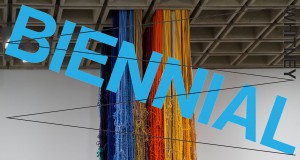
Sheila Hicks, Pillar of Inquiry/Supple Column, 2013-14 (installation view, Whitney Museum of American Art, New York). Photograph by Bill Orcutt
in the Whitney Biennial in March and was followed by coverage of the restoration of her remarkable 1960s tapestries at the Ford Foundation in New York Sheila Hicks Tapestries to Again Hang at Ford Foundation. In June, the Art Institute of Chicago’s textile galleries reopened, featuring 96-year-old Ethel Stein’s work, in Ethel Stein, Master Weaver.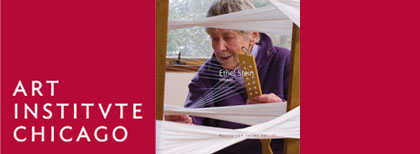
September saw three fiber-related exhibitions; the Museum of Arts and Design opened What Would Mrs. Webb Do? A Founder’s Vision (closes
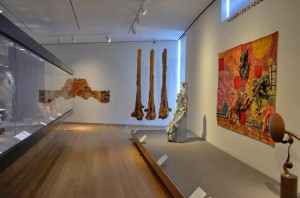
February 8, 2015),Kay Sekimachi, Ed Rossbach, Françoise Grossen, Katherine Westphal and others Museum of Art Design installation of What Would Mrs Webb Do?, Photo by Tom grotta
February 8, 2015), which featured significant textiles from the permanent collection by Anni Albers, Kay Sekimachi, Katherine Westphal, Ed Rossbach, Françoise Grossen and Trude Guermonprez, while The Drawing Center’s: Thread-Lines offered Anne Wilson creating fiber art in situ
together with a collection of works by Lenore Tawney, Louise Bourgeois and others. Contemporary 108 in Tulsa, Oklahoma, featured a series of large photographic weavings by Aleksandra Stoyanov of the Ukraine

Contemporary 108 in Tulsa, Oklahoma, curated from the 2013 “Aleksandra Stoyanov” Tefen Open Museum, Israel exhibition. photo copyright Tefen Open Museum
and now Israel, described as “warp and weft paintings.”
In October, Fiber: Sculpture 1960 – present, opened at the Institute of Contemporary Art in Boston with works by 34 artists including
Magdalena Abakanowicz, Ritzi Jacobi and Naomi Kobayashi. The Boston Globe called the exhibition “[s]plendid, viscerally engaging…groundbreaking;” the exhibition catalog (available at browngrotta.com) was pronounced by Blouin art info, “an amazing resource for anyone interested in learning more about the medium.” Art Info – Art in the Air Fiber Sculpture 1960 Present October also saw a survey of the work of sculptor and poet, Richard Tuttle, at the Tate in London, Richard Tuttle: 
I Don’t Know, Or The Weave of Textile Language in which Tuttle investigated the importance of textiles throughout history, across his remarkable body of work and into the latest developments in his practice. Tate Modern – Richard Tuttle I Don’t Know or Weave Textile Language
Throughout the year, Innovators and Legends, with work by 50 fiber
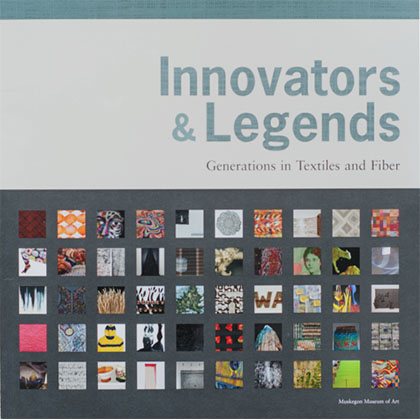
artists, including Adela Akers, Nick Cave, Katherine Westphal and Sherri Smith toured the US, exhibiting at museums in Colorado, Iowa and Kentucky. The fiber fanfest culminated at Art Basel in Miami Beach in December, where Blouin’s Art Info identified a full complement of fiber works and textiles in its listing, “Definitive Top 11 Booths, “ including Alexandra da Cunha’s compositions of mass-produced beach towels and various colored fabrics at Thomas Dane Gallery, a Rosemarie Trockel embroidered work at Galerie 1900-2000, marble and dyed-fabric pieces by Sam Moyer at Galerie Rodolphe Janssen and woven paintings by Brent Wadden at Mitchell-Innes & Nash Blouin Art info – The Definitive Top-11 Booths at Art Basel Miami Beach.
And what’s ahead in 2015?
More auctions and exhibitions that include fiber sculpture and art textiles are scheduled for 2015. Fiber: Sculpture 1960 – present will

open at the Wexner Center for the Arts, Columbus, Ohio on February 7th and travel to the Des Moines Art Center, Iowa in May.  Innovators and Legends will open at contemporary 108 in Tulsa, Oklahoma in February, as well. In April, the Tate in London will open The EY Exhibition: Sonia Delaunay, which will show how the artist
Innovators and Legends will open at contemporary 108 in Tulsa, Oklahoma in February, as well. In April, the Tate in London will open The EY Exhibition: Sonia Delaunay, which will show how the artist
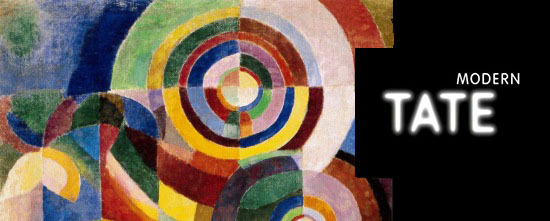
Sonia Delaunay Prismes electriques 1914 Centre Pompidou Collection, Mnam / Cci, Paris © Pracusa 2013057
dedicated her life to experimenting with color and abstraction, bringing her ideas off the canvas and into the world through tapestry, textiles, mosaic and fashion.
Also in April, the Museum of Arts and Design will host Pathmakers:

Lenore Tawney in her Coenties Slip studio, New York, 1958.
Courtesy of Lenore G. Tawney Foundation; Photo by David Attie
Women in Art, Craft and Design, Midcentury and Today, featuring work by Sheila Hicks, Lenore Tawney and Dorothy Liebes http://madmuseum.org/exhibition/pathmakers.
In June, the Toms Pauli Foundation in Lausanne, Switzerland will celebrate the International Tapestry Biennials held there from 1962 to  1995 and display work by the Polish textile artist and sculptor Magdalena Abakanowicz, in an exhibition entitled, Objective Station.
1995 and display work by the Polish textile artist and sculptor Magdalena Abakanowicz, in an exhibition entitled, Objective Station.
Also this summer, the Musée d’Art Contemporain de Baie St Paul in 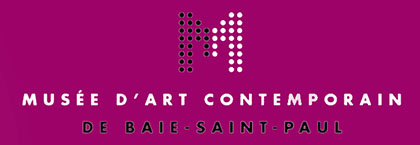
Quebec, Canada will examine the work of Mariette Rousseau-Vermette, who participated in five of the Lausanne Biennials.
From April 24 – May 3, 2015, browngrotta arts will host Influence and Evolution, Fiber Sculpture then and now at our barn/home/gallery space in Wilton, Connecticut. In its 27-year history, browngrotta arts
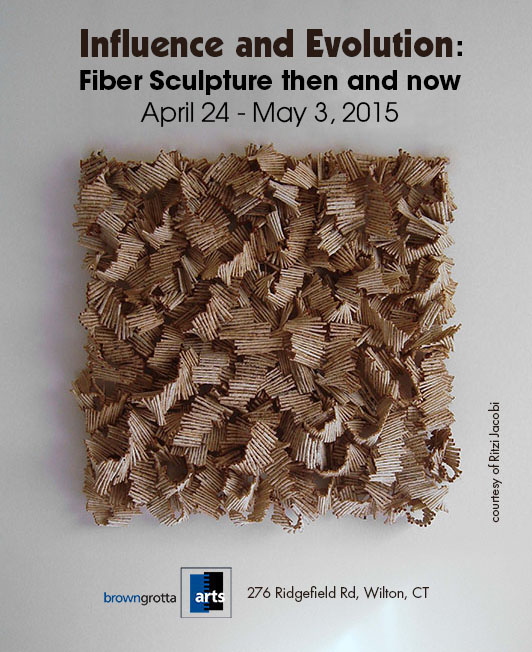 has highlighted a group of artists – Sheila Hicks, Ritzi Jacobi, Lenore Tawney, Ed Rossbach and others – who took textiles off the wall in the 60s and 70s to create three-dimensional fiber sculpture. The influence of their experiments has been felt for decades. Influence and Evolution, Fiber Sculpture then and now, will explore that impact and examine how artists have used textile materials and techniques in the decades since, by juxtaposing works by artists who rebelled against tapestry tradition in the 60s, 70s and 80s,
has highlighted a group of artists – Sheila Hicks, Ritzi Jacobi, Lenore Tawney, Ed Rossbach and others – who took textiles off the wall in the 60s and 70s to create three-dimensional fiber sculpture. The influence of their experiments has been felt for decades. Influence and Evolution, Fiber Sculpture then and now, will explore that impact and examine how artists have used textile materials and techniques in the decades since, by juxtaposing works by artists who rebelled against tapestry tradition in the 60s, 70s and 80s,
including Magdalena Abakanowicz, Lia Cook, Kay Sekimachi and Françoise Grossen, with works from a later generation of artists, all born after 1960, through whom fiber sculpture continues to evolve. These artists, including María Eugenia Dávila and Eduardo Portillo of Venezuela, Stéphanie Jacques of Belgium and Naoko Serino of Japan, work in a time when classification of medium and material presents less of a constraint and fiber and fiber techniques can be more readily explored for their expressive potential alone.
“It is rare to find so many inventive, compelling works in one show, and it astounds that many are so little known,” wrote Kirsten Swenson in Art in America, about Fiber: Sculpture 1960 – present, in October 2014. Art in America Magazine – reviews: Fiber Sculpture 1960-present. This spring, in Influence and Evolution, browngrotta arts will offer dozens more significant works of fiber art for collectors to appreciate and new audiences to discover — more than two dozen works by fiber pioneers and another 30 more recent fiber explorations. We hope you will visit the exhibition, order the catalog or both. Please contact us for more information about what’s in store. art@browngrotta.com

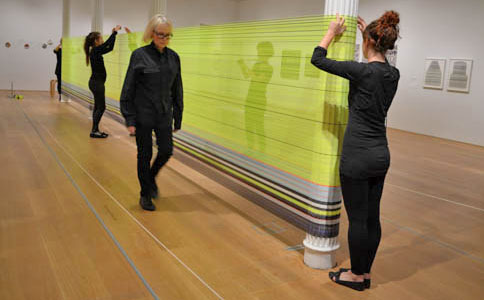
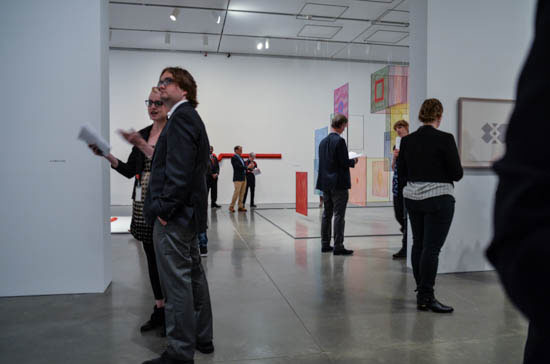

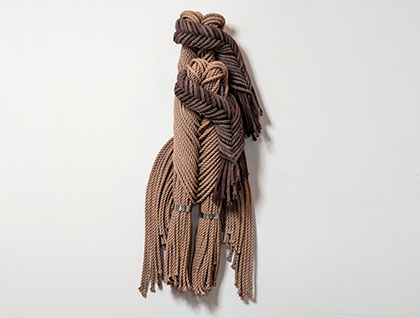
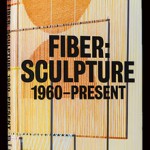
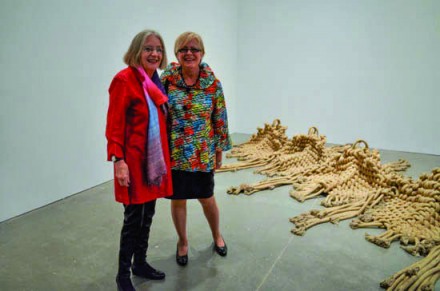
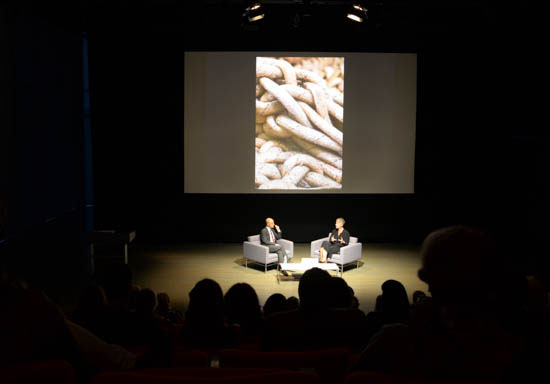



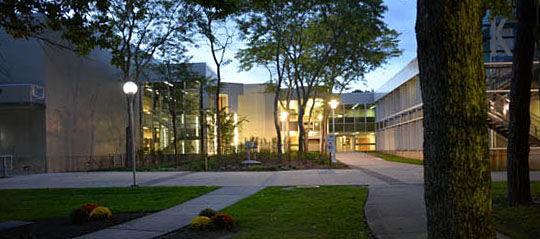



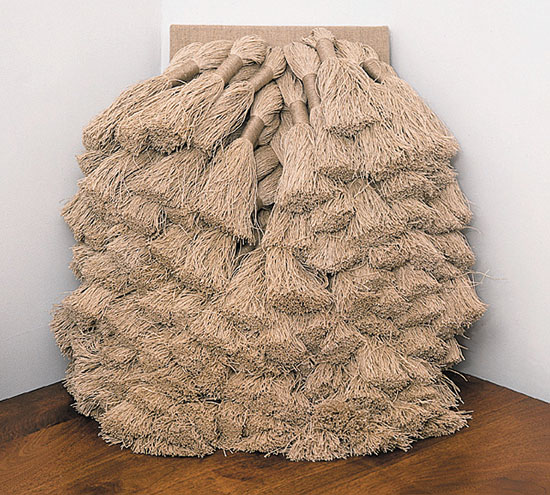
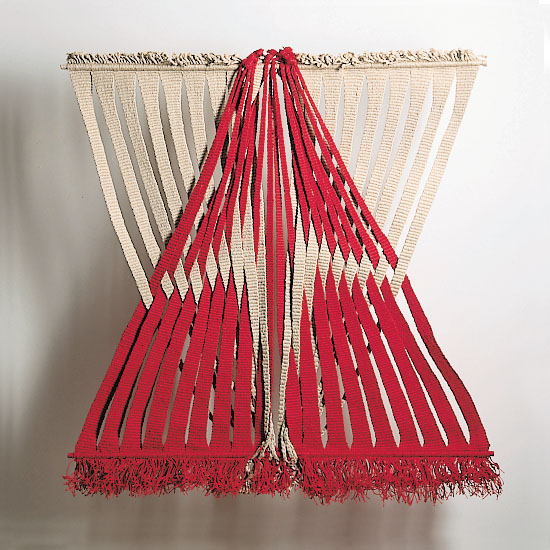

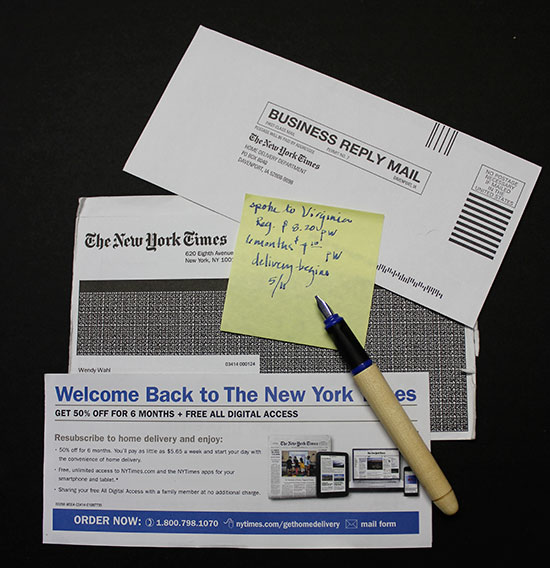
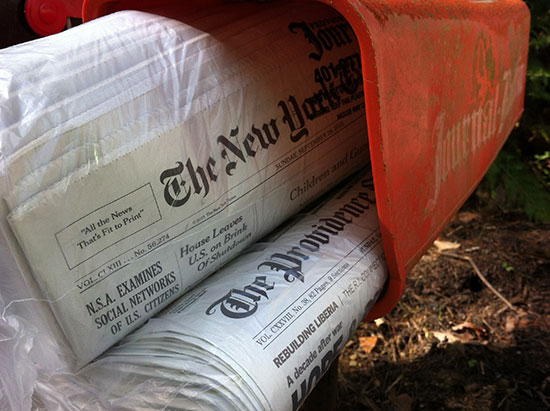
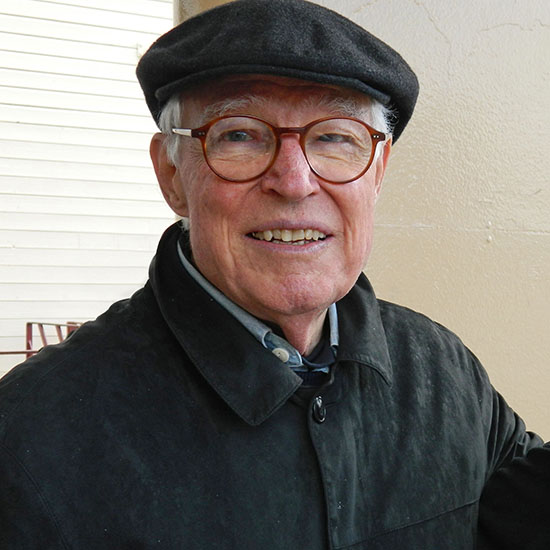

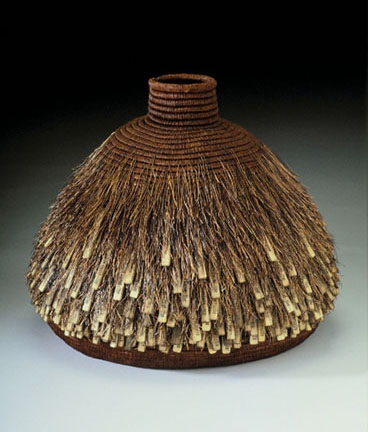
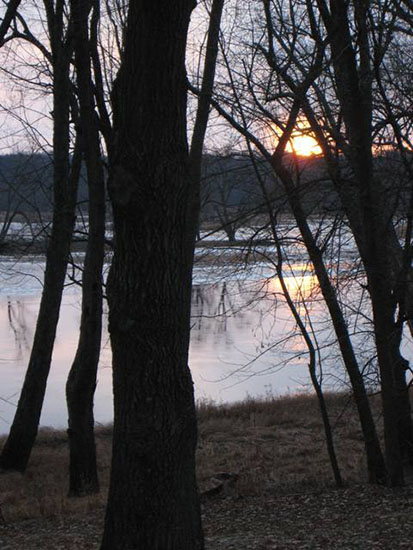

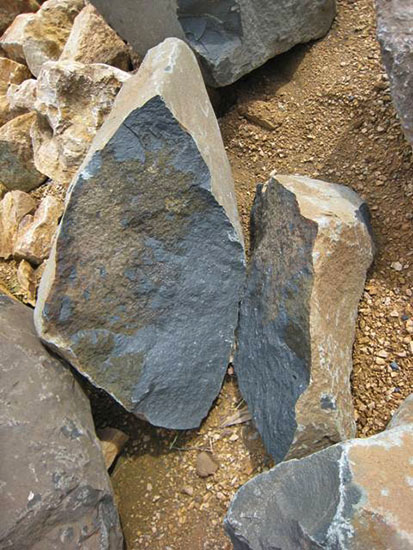
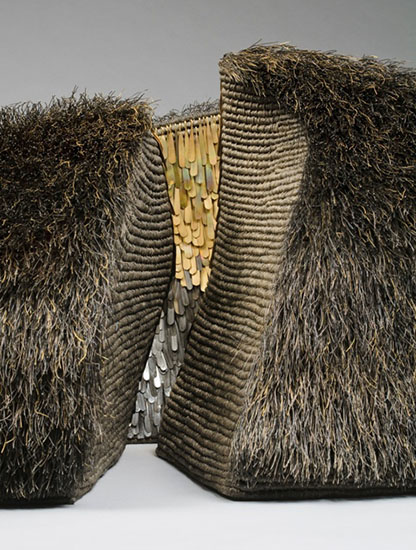
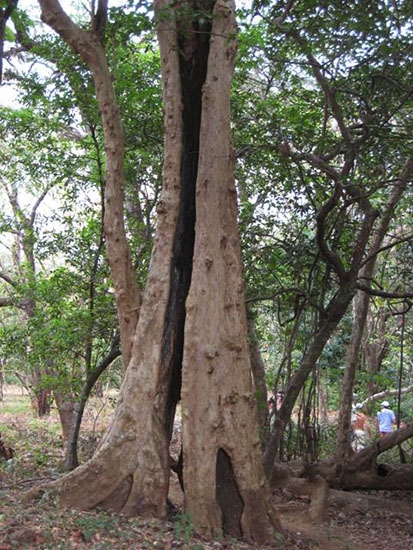
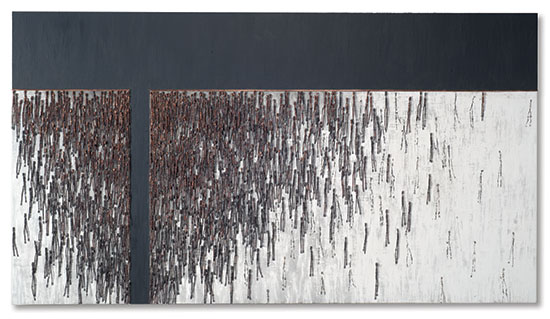

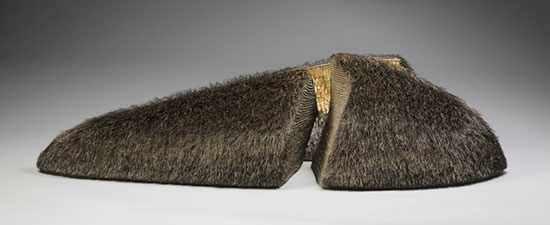
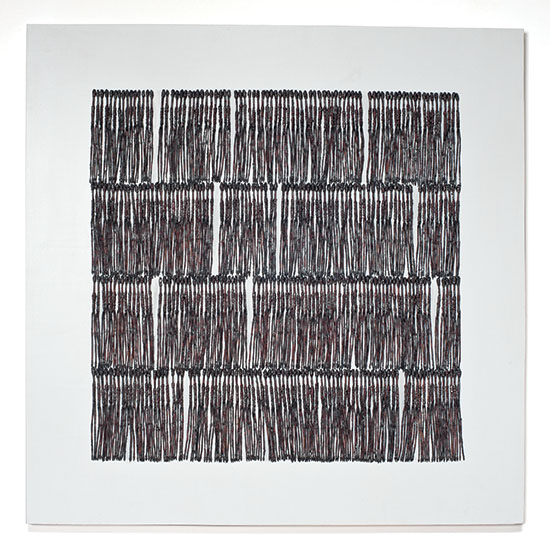


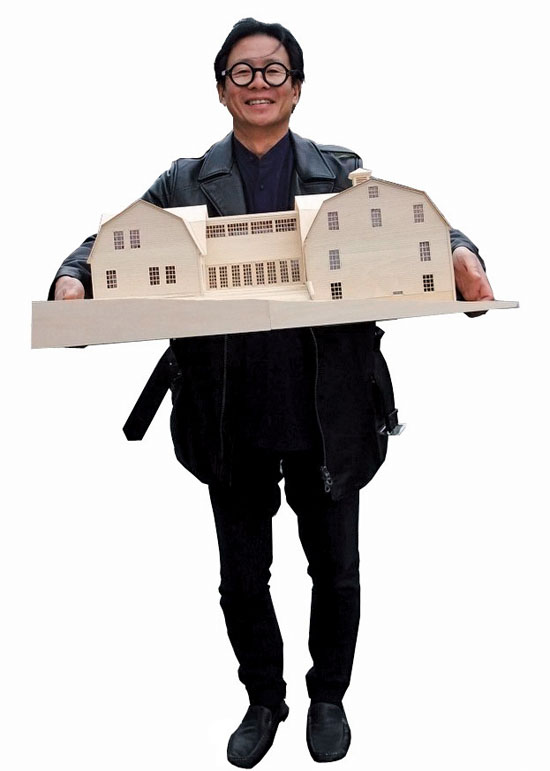

Press Notes: browngrotta arts in the news
July cover of selvedge magazine
We are excited to be featured in the July issue of selvedge magazine. We have long been fans of the UK magazine, which is artfully designed with lush photos and creative illustrations, and, like browngrotta arts, economical in its use of capital letters. We have a large collection of back issues, stockpiled for reference and inspiration.
Issue 10
A ROCK AND A SLOW PACE: Sue Lawty Interview
MUTUAL ADMIRATION: Bamboo has inspired artists worldwide by Nancy Moore Bess
Issue 10 was a particular favorite, not surprisingly, with an insightful profile of Sue Lawty, “A rock and a slow pace” followed by an update on bamboo artwork by Nancy Moore Bess, “Mutual Admiration: Bamboo Has Inspired Artists Worldwide.” But we also loved the piece on fashion drawings in the letters of Jane Austen, “Detailed statements” in the Romance issue (34) and the introduction to Indian embroidery in Issue 00. The magazine is a great source of information about what’s current and what’s past in textile art and design, interiors, fashion — around the world. Founded by Polly Leonard in 2003, selvedge is intentionally produced “with the time, thought and skill” required in textile practice. The magazine ably succeeds in its aim of “see[ing] the world through a textile lens, but cast[ing] our eye far and wide looking for links between our subject and achievements in other fields from architecture to archeology”— in this case, as far as Wilton, Connecticut.
page 31 July Selvedge magazine. Pictured works by Lia Cook, Marian Bijlenga, Sara Brennan, Kay Sekimachi, Noriko Takamiya, Nancy Moore Bess, Keiji Nio, Birgit Birkkjaer, Lenore Tawney
As we were preparing our Of Two Minds: Artists Who Do Two of a Kind exhibition in 2014, selvedge sent Rhonda Sonnenberg to interview us for a piece. Sonnenberg has written about fiber artists for some time, including Kate Anderson, Lisa Kokin and Fran Gardner, and we’ve talked shop with her at SOFAs in years past. Over the couple of hours she was in Wilton, we discussed with her the changes we have seen in the field in our two-dozen plus years promoting art textiles and we talked about some of the artists we were watching with interest. The conversation was a good prelude to our show that followed in 2015, Influence and Evolution: Fiber Sculpture…then and now, in which we highlighted work by 15 of the newer-to-the field artists whose work we admire. The selvedge article, “Consuming Fibre,” features photographs of work by many browngrotta artists. You can buy a copy online, through the Selvedge store at: http://www.selvedge.org.